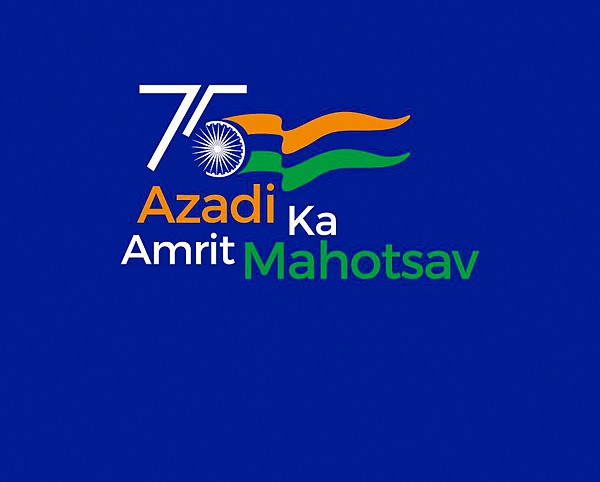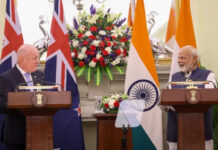(By – Amb. Anil Trigunayat)
In recent years India’s conscious outreach to the Islamic world has been exceptional. In this context West Asia, especially the Gulf countries, have acquired a strategic importance in India’s foreign policy matrix as it has responded to evolving regional dynamic and developments. In the recent years, India’s engagement with the region has transcended from merely transactional and buyer seller relationship to a truly strategic one which is manifested through the accrued dividends in real time. It would not be a truism to say that West Asia is indeed India’s extended neighbourhood and possibly the most important ones for obvious reasons. Anything that happens there has a direct impact on India’s wellbeing. Again, going by the frequency of high level engagements and quality of mutually beneficial outcomes, it would be safe to say that India’s Act West Policy is possibly the biggest success story of Prime Minister Narendra Modi’s government despite many intrinsic challenges and competing geo political interests.
West Asia is extremely important for India’s energy security, food security, diaspora welfare and maritime linkages and security. It is also one of the most volatile landscapes with simmering hotspots and historic enmities and rivalries. Wading through which by keeping relationships intact and expand is not an easy task. But India has been able to do just that in past few years. India’s nearly 9 mn diaspora in the region not only sends $50 bn in remittances annually back home but have emerged as the most trusted, liked and preferred work force as partner in their development. Their security and welfare, of course, are of paramount importance for which New Delhi has worked out special bilateral institutional mechanisms with respective countries.
Energy bridge has been a major link for India with the region as it has emerged as a major destination for their energy and hydrocarbons supplies. India imports over 70% of oil and nearly 90% of natural gas requirements from the Gulf countries. India’s dependence on hydrocarbons is likely to last for another 30-40 years as it moves to reduce the fossil fuel use and diversify towards renewable and hydrogen energy which will become newer areas of collaboration with the gulf countries who themselves are diversifying their economies under Vision 2030 and beyond. Meanwhile, a qualitative change has occurred in their engagement with New Delhi as they have begun to not only invest in India’s strategic petroleum reserves, refineries and infrastructure but also inviting Indian companies to participate in exploration and upstream activities. UAE allowed 10% equity stake to an Indian consortium of OVL, IOC and BPCL in the lower Zakum concession for a consideration of $ 600mn that will accrue 2mn tonnes of crude per year for India.
Similarly, trade and investments have continued apace across sectors in India and the Middle East. Over 5000 Indian companies operate out of UAE special economic zones as UAE has emerged India’s 3rd largest trading partner. Saudi Arabia is the 4th largest trade partner of India. Both Riyadh and Abu Dhabi have committed to investing $ 100 bn and $ 75 bn respectively in Indian opportunity. Likewise, several other countries are exploring opportunities as they are making it easier for Indian companies and investors to partake in the opportunities in their own countries. India’s food security is also incumbent upon supplies of phosphates, fertilizers and urea from several countries like Jordan, Morocco, Egypt and Tunisia.
Security cooperation in all its ramifications including in the intelligence, counter terrorism, defence, cyber and maritime security have become center stage in the bilateral collaborative matrix. Earlier, it was virtually impossible to get any fugitive offenders economic or terror related back to India. But that has changed significantly as these countries have understood India’s security concerns and have been at the forefront of complying with New Delhi’s requests in the fastest manner. India is also expanding its engagement in Space and other hi-tech areas as the major Gulf economies move towards AI driven Industrial Revolution 4.0.
One of the biggest deficits in relationships with the region was absence of high level visits from India. PM Modi changed that. His exceptional outreach to major Gulf countries including Iran led to several strategic initiatives. Not only that he became the first PM to visit many of the countries but he also became the most decorated foreign leader as many countries in the region conferred their highest State honours on him. This was also reflected in their public policy and attitudinal change as they began to understand India’s security concerns and sensibilities. During the Pulwama attacks by Pakistan based terror groups and India’s surgical Balakot strikes as well as during the revocation of Art 370 they were supportive of Indian position.
For the first time, in 2019, the Indian Foreign Minister Late Mrs Sushma Swaraj was invited to address the OIC Foreign Ministers by Abu Dhabi. Speaking about 185 million Indian Muslims, Sushma Swaraj said “They have diverse culinary tastes, myriad choices of traditional attire, and they maintain strong cultural and linguistic heritage of the regions they loved and have lived for generations. They practice their respective beliefs and live in harmony with each other and with their non-Muslim brethren. It is this appreciation of diversity and co-existence that has ensured that very few Muslims in India have fallen prey to the poisonous propaganda of radical and extremist ideologies.”
Islamic countries, barring a few, do understand the threats from terrorism and extremism and its state sponsored sources as they are working to reform their own socio-economic landscape. But more needs to be done and India, representing the second largest Muslim community, and with its ‘Vasudhaiva Kutumbakam’ philosophy could be the pivot.
(Anil Trigunayat is a former Indian Ambassador to Jordan, Libya and Malta)
Columns India’s Act West Policy










